TYPES OF VOLUME INDICATOR IN TRADING
Discover what volume indicators are and how they help traders analyze market strength, confirm price trends, and identify potential reversals with better accuracy
VOLUME INDICATOR
Dollarpip
3 min read
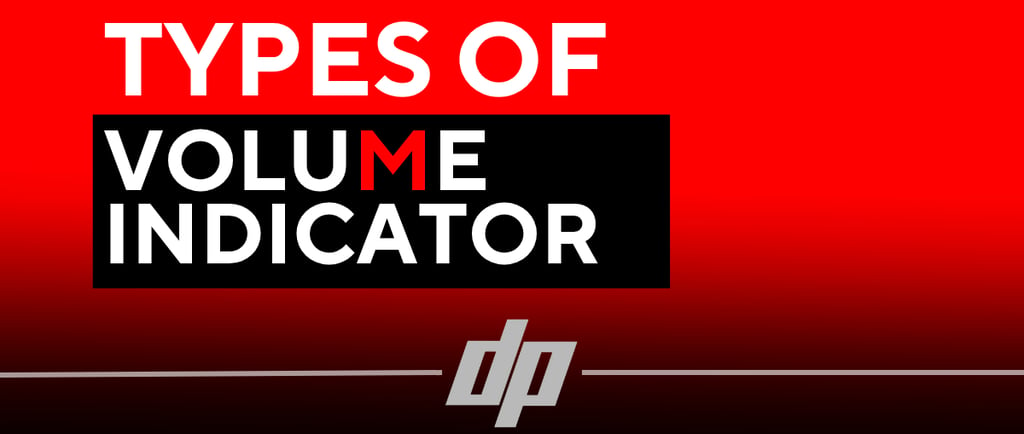

1. On-Balance Volume (OBV)

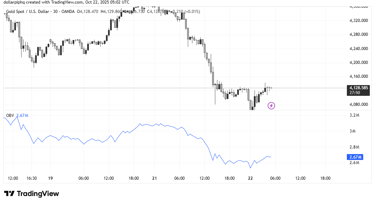
OBV is one of the earliest and most popular volume-based indicators. It measures cumulative buying and selling pressure by adding volume on days when price closes higher and subtracting it on days when price closes lower. Purpose: To confirm trends or detect divergences.
Example: If price rises but OBV fails to make new highs → possible bearish divergence. If price falls but OBV holds steady → potential bullish reversal ahead.
Volume indicators are technical analysis tools that measure how much of a particular asset — whether stocks, crypto, commodities, or forex — is traded within a given time frame.
Volume reflects the level of activity and interest among traders and investors. A price move backed by high volume often signals genuine strength, while a move on low volume may indicate weakness or a lack of conviction.
2. Accumulation/Distribution Line (A/D Line)
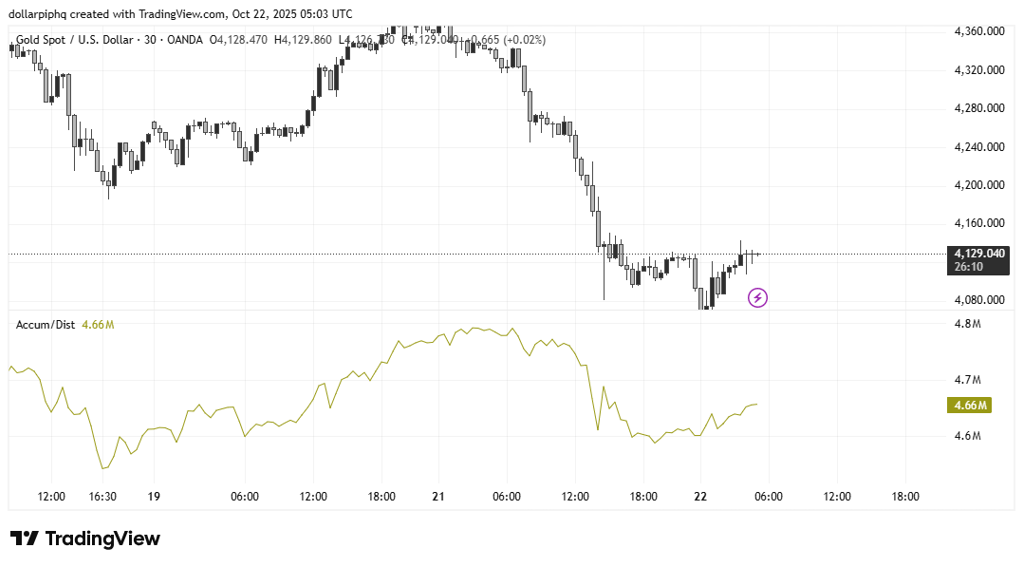

The A/D Line attempts to determine whether investors are actually buying (accumulating) or selling (distributing). It considers both volume and where the price closes within its daily range.
Purpose: To reveal the underlying strength behind price movements.
Interpretation: Rising A/D Line = accumulation (buyers in control). Falling A/D Line = distribution (sellers taking over).
3. Money Flow Index (MFI)
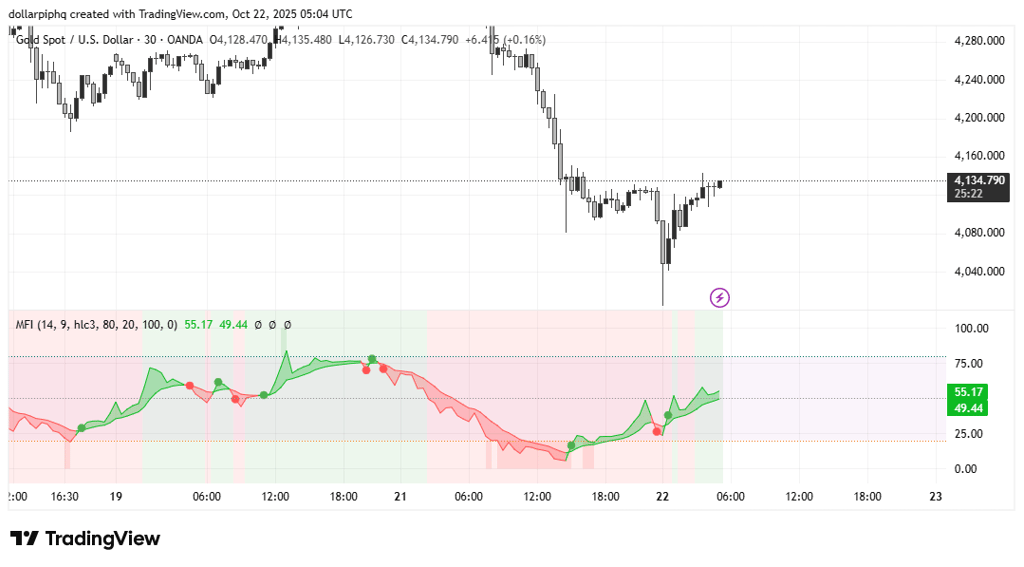

The Money Flow Index, often called the “volume-weighted RSI,” combines price and volume to gauge buying and selling pressure. Purpose: To spot overbought or oversold conditions.
Signals: MFI above 80 → overbought (potential pullback). MFI below 20 → oversold (possible rebound).
Divergence between MFI and price often warns of a trend reversal.
4. Volume Oscillator

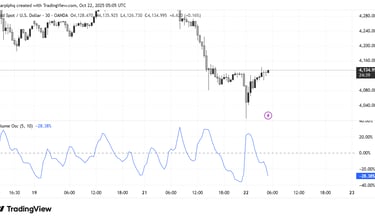
This indicator measures the difference between two moving averages of volume — one short-term and one long-term. Purpose: To identify when trading activity is increasing or decreasing.
How It Works: When the oscillator is above zero, volume is rising and confirms strong participation. When below zero, volume is declining — signaling possible market hesitation.
5. Chaikin Money Flow (CMF)
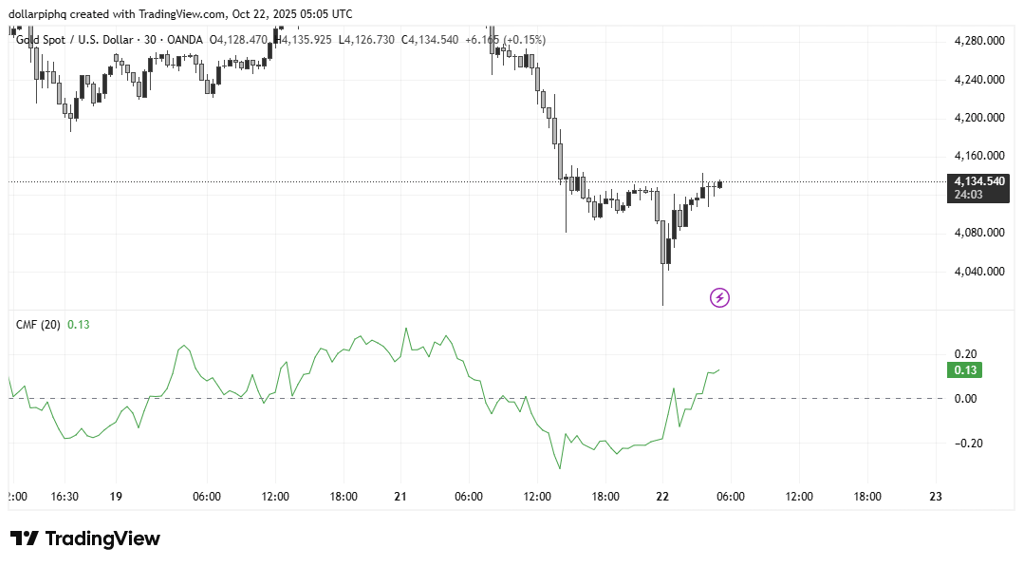

Developed by Marc Chaikin, the CMF quantifies the amount of Money Flow Volume over a given period to identify whether money is entering or leaving the market.
Purpose: To confirm bullish or bearish pressure.
Signals: CMF > 0 → buying pressure. CMF < 0 → selling pressure.
6. Volume Weighted Average Price (VWAP)


VWAP represents the average price of an asset throughout the day, weighted by volume. It’s widely used by institutional traders as a benchmark to assess trade quality.
Purpose: To identify fair value and gauge trend direction.
Interpretation: Price above VWAP → bullish sentiment. Price below VWAP → bearish sentiment.
Why Volume Indicators Matter. Price tells you what is happening — volume tells you how meaningful it is. Volume indicators help traders and investors:-
Confirm the validity of price trends.
Detect early signs of reversals.
Understand the level of market participation.
Improve timing for entries and exits.
No matter what market you trade — stocks, crypto, or forex — volume indicators are crucial for understanding true market dynamics. They provide insight into crowd behavior, institutional activity, and the strength behind every price move.
Combine volume analysis with trend and momentum indicators to gain a complete view of the market and make more informed trading decisions.
